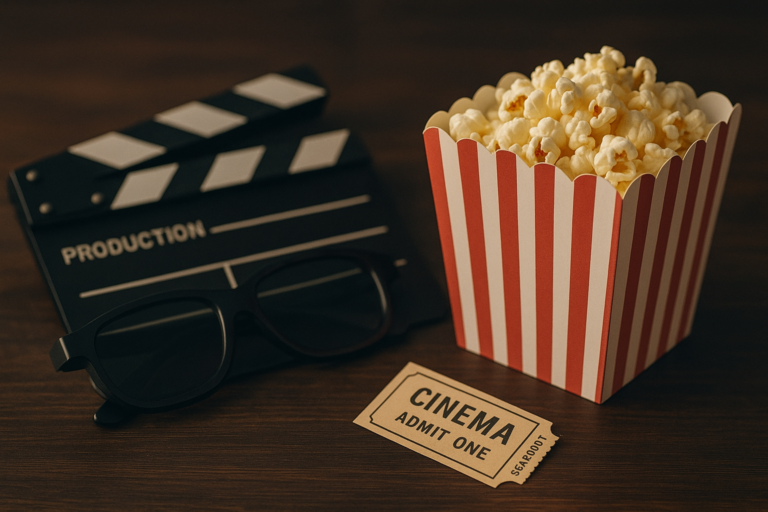Sound design is an essential aspect of filmmaking that often goes unnoticed by the average viewer. However, it plays a crucial role in shaping the viewer’s experience and can make or break a film. Sound design is the art of creating and manipulating sound effects, dialogue, and music to enhance the mood and atmosphere of a film. In this article, we will explore how sound design affects the viewer’s experience and why it is a vital element in the filmmaking process.
The Importance of Sound Design in Film
Sound design is an integral part of the filmmaking process, and it has a significant impact on the final product. It is responsible for creating an immersive experience for the audience and evoking emotions that visuals alone cannot achieve. While visuals provide the viewer with a visual representation of the story, sound design adds depth and dimension to the storytelling.
For instance, imagine watching a suspenseful scene without any sound effects or music. The tension and thrill that is created through the use of sound would be missing, and the scene would lose its impact. Sound design adds an extra layer of emotion and intensity to a film, making it more engaging and captivating for the audience.
Setting the Mood and Atmosphere
One of the primary functions of sound design is to establish the mood and atmosphere of a scene. Sound has the power to evoke emotions, whether it is fear, excitement, or sadness. The use of specific sound effects and music can set the tone for a scene and create a certain mood.
For example, in horror films, sound design plays a crucial role in building suspense and creating jump scares. The use of eerie sound effects and tense music can make the audience feel on edge, heightening their sense of fear and anticipation. Similarly, in romantic films, soft and melodious music can amplify the emotions of love and tenderness, creating a romantic atmosphere.
Sound design also helps in establishing the time and place of a scene. The sounds of a bustling city or a quiet countryside can transport the viewer to a specific location, making them feel more connected to the story.
Enhancing the Narrative
Sound design is also responsible for enhancing the narrative and guiding the viewer’s attention. It can help draw the audience’s focus to a particular character or object, creating a sense of importance. This is achieved through the use of various techniques, such as sound effects, dialogue, and music.
For example, in action films, the sound of gunshots and explosions helps the audience follow the action and understand the sequence of events. Similarly, in dialogue-heavy scenes, sound design can enhance the impact of a character’s words by using certain sound effects or music in the background.
In animated films, sound design plays an even more crucial role in storytelling as there are no real-life visuals to guide the viewer. The sound effects and music are responsible for creating the world of the film and bringing it to life.
Creating a Sense of Realism
Sound design is also essential in creating a sense of realism in a film. Even though it may seem like all the sounds we hear in a movie were recorded on set, most of them are added during post-production. Sound designers use Foley techniques, where they recreate sounds in a studio, to make a scene feel more realistic.
For example, the sound of footsteps, rustling leaves, or even someone sipping a drink are all created artificially in post-production. These sounds add layers to the film and help immerse the viewer into the story world. Without them, the film would feel flat and less believable.
Conclusion
In conclusion, sound design is an essential element in filmmaking that has a significant impact on the viewer’s experience. It sets the mood and atmosphere, enhances the narrative, and creates a sense of realism in a film. A well-executed sound design can make a good movie great and elevate it to a whole new level. So, the next time you watch a film, pay attention to the sound design and appreciate the art behind it.

